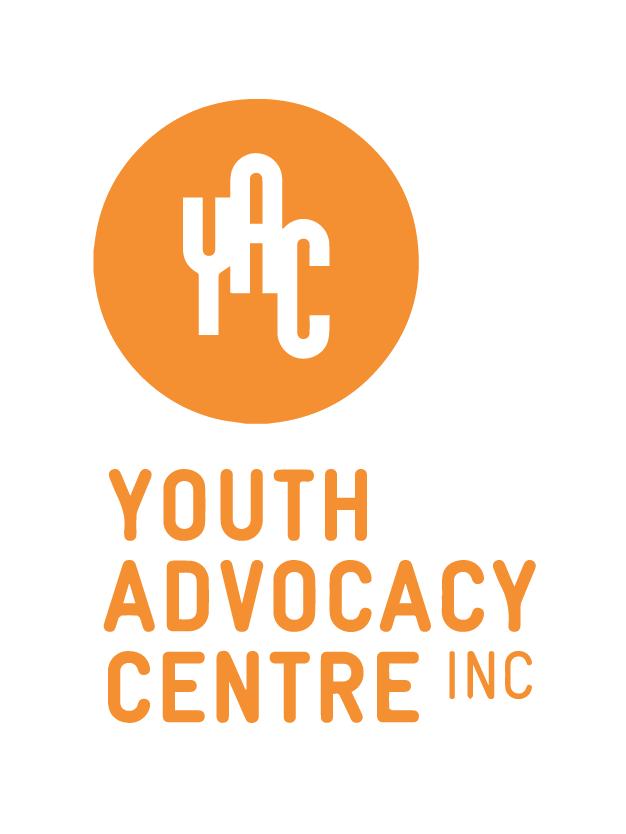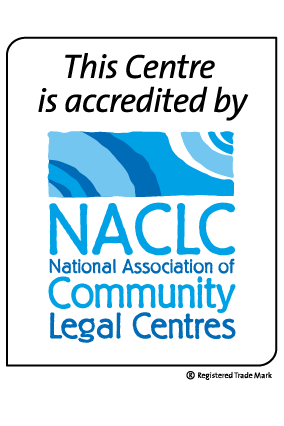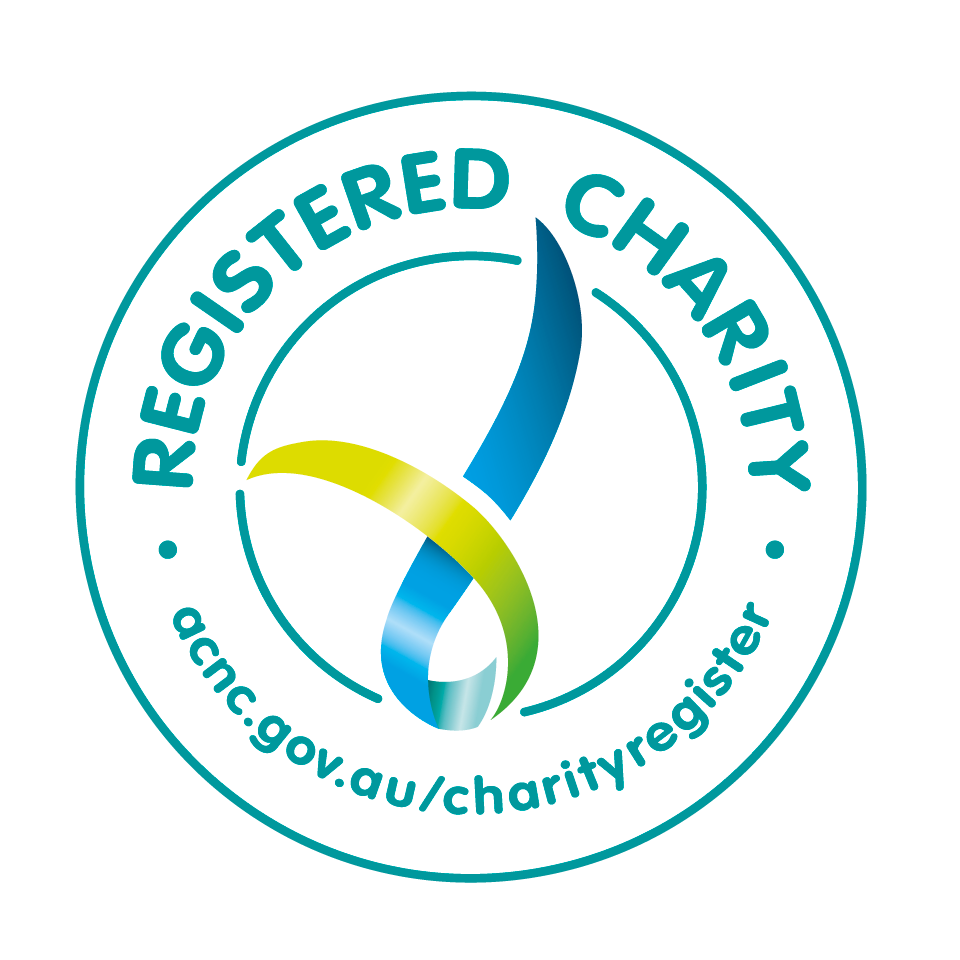Sexting
What is ‘sexting’?
Sexting is creating, sending, possessing or posting sexual photos or videos on phones or over the internet.
Is sexting illegal?
If the images are of people under 16 years of age and are sexual, they may be classed as “child exploitation material” (commonly referred to as child pornography). It is illegal to make, distribute or possess child exploitation material.
Child exploitation material is text, images or sound showing a person under 16 in a sexual way that is likely to offend an adult. It includes images of:
- the person’s breasts, bottom, penis or vagina; or
- the person doing something sexual or near someone doing something sexual (such as having sex).
Even if the image only shows part of the person, it can still be child pornography – for example, it doesn’t show the faces of the people having sex, or if it is only a part of the body, for example exposed breasts.
It doesn’t matter if the images are of you, or someone else who was ok with the image being made: if the image is of someone under 16 years of age, then it is child pornography.
It is illegal to do, or try to do, the following with child exploitation material images:
- make them
- have them (possession)
- give them to someone, agree to give to someone by phone or email or post.
It is also illegal to:
- make someone under 16 years see indecent films, pictures, photos, and writing without a proper reason (for example, it’s ok for a sex education class)
- use the internet or phone to get someone under 16 to do a sexual act.
If you are 16 or 17 you could also be charged for doing similar things under Commonwealth Law.
What if I send sexts to someone who doesn’t want me to?
If you send one or more sexts to someone and the material is offensive or harassing or threatening you could be charged with stalking. The person does not need to be afraid or suffer harm, the material just has to be of the type that would usually cause a person to be afraid or suffer harm. (See the ‘Treated Unfairly’ Fact sheet for further information about Stalking).
If we are both under 16 is it still against the law?
If you have taken a sexual photo / video of yourself and sent it to someone else, then you could be charged with three separate charges of:
- possessing (having)
- making
- sending
child exploitation material.
If you are found guilty of these type of offences, you can be placed on the Sex Offenders Register. This means you may then have to give the Police a lot of information about yourself and any contact you have with people under 18 years of age for up to seven and a half years. (See the Fact Sheet on 'Child Protection Offender Reporting' for more information).
If you share or threaten to share a photo/video of someone else who is under 16 years of age, which shows them doing something sexual or shows their genital or anal area (even if they are wearing underwear) or their breasts (even if the person in the photo/video agrees to you sharing it) you can be charged with the criminal offence of distributing intimate images. This applies even if you are under the age of 16. If the person in the photo/video is over 16 it is an offence to threaten to share it or share it without their consent.
What if someone sends me a photo or video which might be child pornography?
You may now be in possession of child exploitation material. It is illegal to be in possession of child exploitation material.
What do I do if I’m being bullied about a photo of myself that I sent to someone else?
It is an offence to use the internet or mobile phones to menace, harass or cause offence to someone. You can report this to the police. You can also report it to the eSafety Commission (you can do this anonymously) https://www.esafety.gov.au/complaints-and-reporting/cyberbullying-complaints/i-want-to-report-cyberbullying. You could get the person’s number blocked on your phone so that they can’t contact you or you can report and block them on social media sites like Facebook. You might want to talk to a friend or trusted adult for support.
What about sending or posting fights?
Queensland law is the same for images or video of people under 16 being physically abused as for child pornography. It is an offence to have, make or give to someone these sorts of images or video.
Browse other legal topics
This sheet is intended to provide general legal information about the law in Queensland. This information is not legal advice. If you have a particular legal problem you should contact a solicitor for legal advice. Below is a list of agencies that might be able to assist you, including legal agencies.
This sheet was last reviewed and updated in January 2024. The Youth Advocacy Centre does not accept responsibility for any action or outcome because of anyone relying on the information provided.
Who can help?
Duty Lawyer at Court
Youth Advocacy Centre (YAC)
www.yac.net.au
3356 1002
Hub Community Legal
www.hubcommunity.org.au
3372 7677
YFS Legal (Logan)
www.yfs.org.au
3826 1500
Legal Aid Queensland
www.legalaid.qld.gov.au
1300 651 188
Youth Legal Advice Hotline (Monday – Thursday 8am – 9pm; Friday 8am – Sunday 5pm)
1800 527 527
Aboriginal & Torres Strait Islander Legal Service (24hrs 7 days a week)
www.atsils.org.au
3025 3888 or (free call) 1800 012 255
Translating & Interpreting Services (24hrs)
131 450
Community Legal Centres (CLCs) see www.naclc.org.au for your nearest CLC
Follow Us
Follow us on social media for information on laws, youth rights, and news.
Contact YAC
Street address: Level 4, 16 Peel Street, South Brisbane Q 4101
Mailing address: Level 4, 16 Peel Street, South Brisbane Q 4101
Tel: (07) 3356 1002
Bussiness hours: 9am - 5pm, Mon - Fri

If you need urgent assistance outside of these hours:
- Youth Legal Advice Hotline 1800 527 527 (Mon to Thurs 8am - 9pm, Friday 8am to Sunday 5pm)
- Kids Helpline 1800 551 800 (24/7, 365 days per year)
- Lifeline 13 11 14 (24/7, 365 days per year)
- Homelessness Hotline 1800 474 753 (24/7, 365 days per year)
- If you are over 18, and seeking access to Mental Health Services in Queensland, Acute Care Team on 1300 MHCALL (1300 64 2255).


